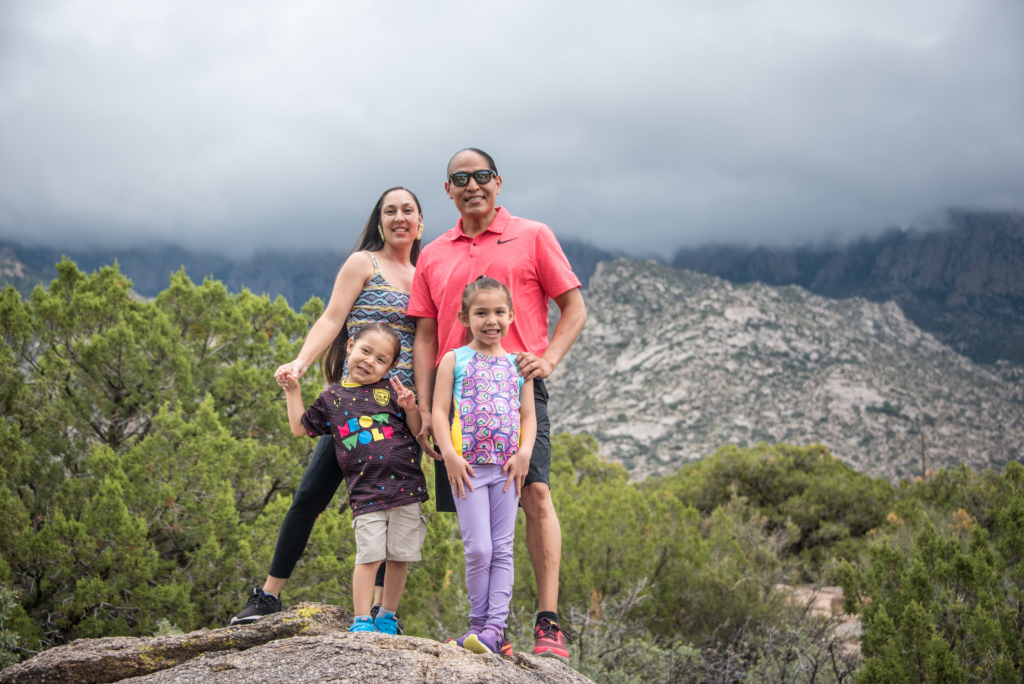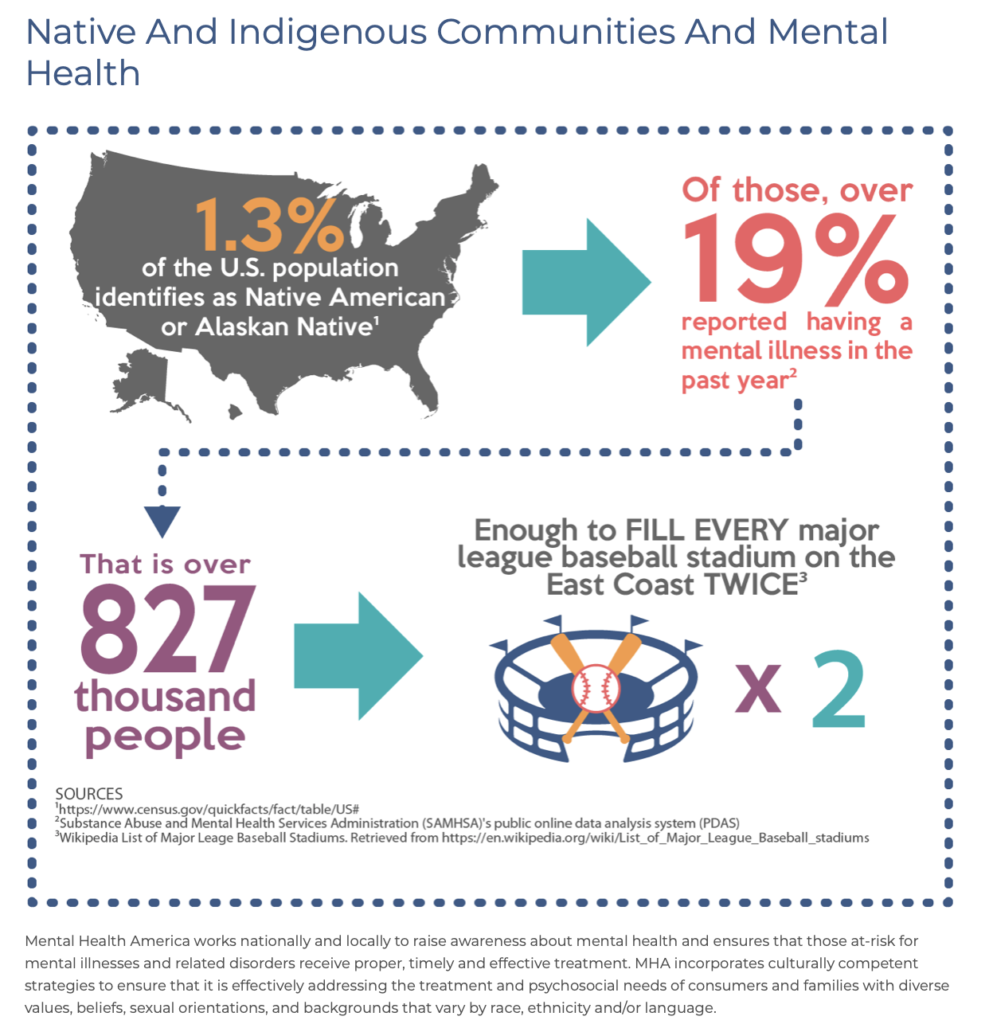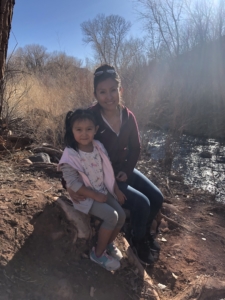With summer vacation coming to an end many of our youth are heading back to school and our families and communities are all pitching in to help each other with childcare and transportation. We all want to keep our children safe and healthy, so now is a good time to increase awareness of common safety hazards and to learn new tips and recommednations that could be lifesaving.
Choking Prevention: Most children like to eat and snack often, but it’s important to remember that food, even healthy foods, can be choking hazards. Foods like whole grapes, raw veggies, nuts and seeds are just a few healthy foods that can be potentially dangerous. When preparing a snack or meal it’s important to keep a few things in mind: Children should be given age-appropriate snacks. For example, avoid giving grapes, cherries and berries to infants and young children without cutting them up into fourths. Caregivers should also avoid giving children nuts, hard candies and slippery foods. Encourage proper chewing of all foods and insist that all children, regardless of age, sit while eating and drinking. It’s tempting to step away and finish tasks while children eat their snack, however it is extremely important to have an adult present during all meals. Ensure that caregivers are aware of children’s food allergies and how to treat them if exposed to allergens. Encourage all caregivers to take a basic first aid class that covers what they do in case of choking and/or allergic reactions. Find classes here: https://www.redcross.org/take-a-class/babysitting/babysitting-child-care-training
Safe transportation: Getting children to and from daycare, school and extracurricular activities is important and a job shared by many at times. It is important that all children are properly and safely restrained while riding in a vehicle. If a child must be transported by a family member other than parents or a regular caregiver, it is important that family members understand the importance of safety belts and car seats and how to safely use them. Car seats should be properly installed and age appropriate for children. If you aren’t sure, ask the parent to demonstrate how to properly secure the child. Even if children protest, remind them that you want them to be protected and that you are following the law. Learn more best practices and guidelines here: https://www.nationwidechildrens.org/family-resources-education/health-wellness-and-safety-resources/helping-hands/child-safety-seats
Sports Safety: Many children will join sports teams and participate in physical activity while attending school. It is important to understand and recognize common sports related injuries or illnesses. Many schools require students and parents to attend training to recognize the symptoms of concussions. It is always a good idea to follow the guidelines and encourage your children to do the same to avoid risk of concussion or serious brain injuries. In addition to concussion awareness, proper hydration is also important for student athletes and all members of the family. Encourage your children to drink plenty of water and less sugar-sweetened beverages so that they can perform at their best. You can find some fun facts and water tracking resources on our Zero to 60 Challenge website: https://nb3foundation.org/zero-to-60/
COVID safe practices: Many of our youth are headed back into classrooms this fall. Keeping them safe, especially those not old enough for the vaccine is a top priority for families and communities. Here are some recommendations for your school-aged children returning to school and extracurricular activities.











